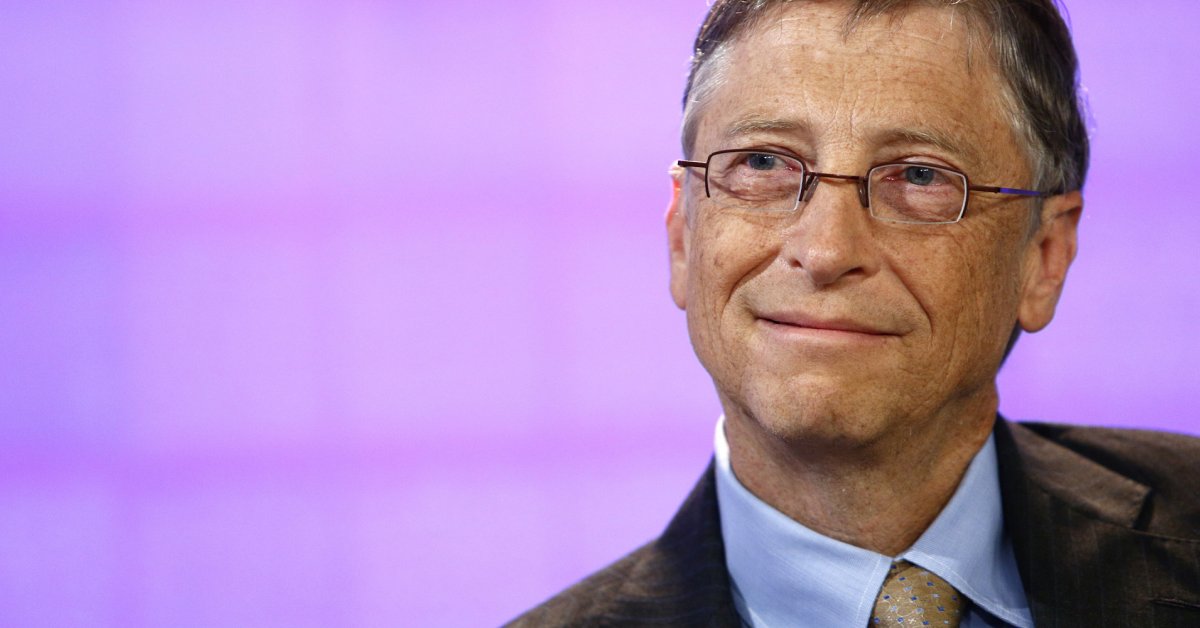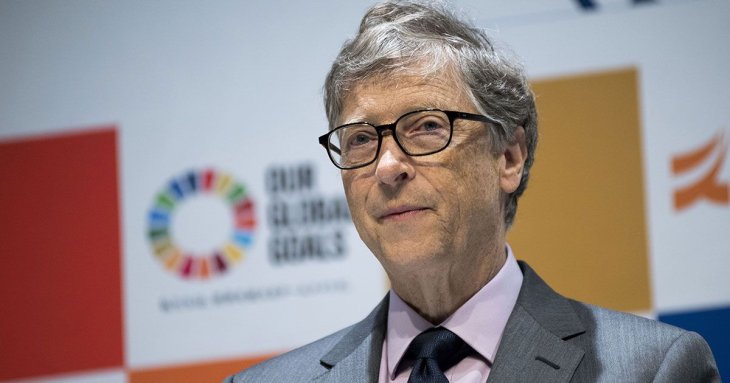Bill Gates Is Mistaken About World Poverty
Arnav Dhar - Feb 02, 2019

Bill Gates recently Twitted an infographic which depicts the positive trend of global poverty but it seems like he was wrong.
- When Closed Source Met Open Source: Bill Gates Finally Meets Linus Torvalds After 50 Years
- Bill Gates Prefers Android To iOS And Here Is His Reason
- Bill Gates Would Rather Spend Money Fixing Earth Than Go To Mars
Later last month, Bill Gates, the billionaire who is famous for his charity works, posted an infographic on Twitter saying that there are now only 10% of people living in extreme poverty compared to 94% in 1820. While it was an impressive figure and Gates stated that it was his favorite infographic, Jason Hickel, an expert in anthropology from the University of London claimed that it was wrong.

With an article on The Guardian recently, Hickel expresses why he thinks that the narrative presented by the mentioned infographic is powerful yet wrong.
The first problem with this infographic which was created by Max Roser from Our World in Data is that the official data on world poverty was only collected since 1981 so everything before that all the way back to 1820 is unreliable. Not to mention the figures are only about the unequal distribution of GDP all over the world and it only applies to a few countries.
According to Hickel, what this graph actually proves is that the severe impacts of dispossession that forced people into the capitalist labor system and colonialization on the economic states of the vast majority of the population. The fact is, before colonialization, people weren't that poor since they didn't need money at all and had little of it but their means of production such as land, water, forests, and livestock is abundant. It is the colonialization that pulled people out of their reciprocity life and put them into the factories and mines in which they are the victims of exploitation in return of paltry wages. Hickel explains that it is how the graph package the colonialization as a "happy story of progress".
What's more, the definition of "extreme poverty" used in the graph is irrelevant since it is far from reality and once we choose a reasonable minimum income with which people can live with minimum nutritional and mortality requirements, it suddenly makes more than 4.2 billion or roughly 60% of people extremely poor.
Featured Stories

Features - Jul 01, 2025
What Are The Fastest Passenger Vehicles Ever Created?

Features - Jun 25, 2025
Japan Hydrogen Breakthrough: Scientists Crack the Clean Energy Code with...

ICT News - Jun 25, 2025
AI Intimidation Tactics: CEOs Turn Flawed Technology Into Employee Fear Machine

Review - Jun 25, 2025
Windows 11 Problems: Is Microsoft's "Best" OS Actually Getting Worse?

Features - Jun 22, 2025
Telegram Founder Pavel Durov Plans to Split $14 Billion Fortune Among 106 Children

ICT News - Jun 22, 2025
Neuralink Telepathy Chip Enables Quadriplegic Rob Greiner to Control Games with...

Features - Jun 21, 2025
This Over $100 Bottle Has Nothing But Fresh Air Inside

Features - Jun 18, 2025
Best Mobile VPN Apps for Gaming 2025: Complete Guide

Features - Jun 18, 2025
A Math Formula Tells Us How Long Everything Will Live

Features - Jun 16, 2025
Comments
Sort by Newest | Popular